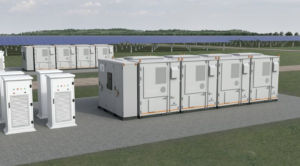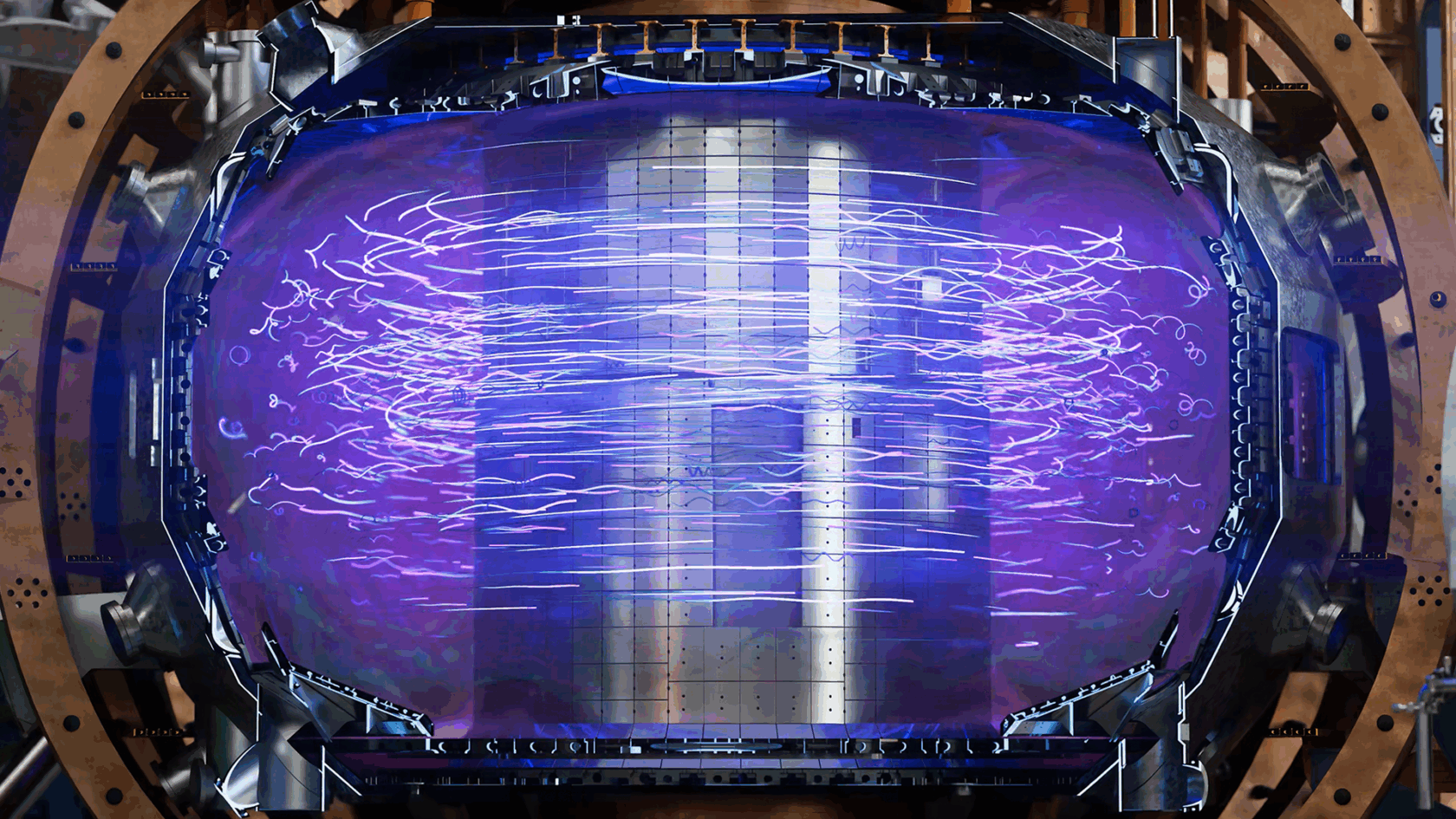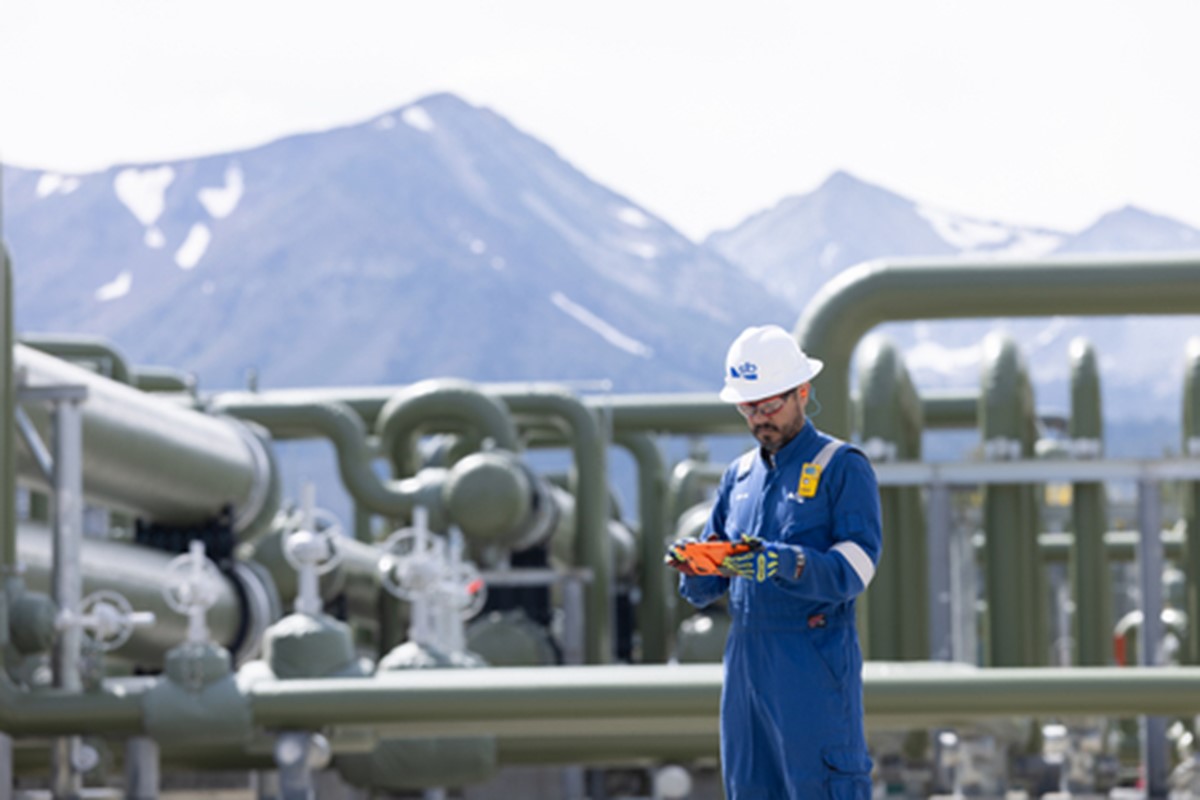Solar energy in Bariloche: CEB plans its first photovoltaic park and aims to diversify its energy matrix. – Noticias Ambientales

Project Report: Bariloche Solar Energy Initiative and Sustainable Development Goals
Introduction and Strategic Alignment with SDG 7
The Bariloche Electricity Cooperative (CEB) is undertaking the development of a significant renewable energy project designed to incorporate solar power into the city’s electricity grid. This initiative directly supports the objectives of Sustainable Development Goal 7 (Affordable and Clean Energy) by increasing the share of renewable sources in the local energy mix. The project entails the construction of a 15-megawatt photovoltaic park in the high solar radiation steppe region to the east of the city, where climatic conditions are optimal for solar generation.
Core Objectives and Contribution to Sustainable Development
The primary goals of the project are strategically aligned with several SDGs:
- Energy Independence and Efficiency (SDG 7): To reduce reliance on the wholesale electricity market and decrease energy transportation costs, thereby enhancing energy security and affordability. The solar park is projected to supply over 25% of the city’s current demand of 56-58 MW.
- Sustainable Urban Growth (SDG 11): To ensure a stable and sustainable power supply capable of meeting peak demand, particularly during high tourist seasons, which is critical for the resilience and sustainability of Bariloche as a key urban and tourist center.
- Economic and Tourism Support (SDG 8): By providing a more reliable and sustainable energy source, the project supports the local economy, particularly the vital tourism sector, fostering conditions for sustainable economic growth.
- Climate Action (SDG 13): To offer a sustainable alternative to fossil fuels, directly contributing to the reduction of greenhouse gas emissions and mitigating climate change.
Technical and Financial Viability Analysis
Project Specifications and Infrastructure Development (SDG 9)
The project is currently in the technical and financial evaluation phase, conducted in coordination with the provincial Energy Secretariat. This phase focuses on building resilient and innovative infrastructure, a key target of SDG 9 (Industry, Innovation, and Infrastructure). Key requirements include:
- Strategic Location: Identification of sites near Dina Huapi that offer high levels of solar insolation and are in close proximity to existing medium and high-voltage transmission lines.
- Land Area: Securing a minimum of 25 hectares for the installation of the solar panels.
- Financing: Obtaining long-term financing with minimum seven-year terms to align with the project’s amortization period.
Financial Framework
The estimated investment for the project is approximately $900,000 per installed megawatt. The financial viability is enhanced by available tax advantages designed to incentivize renewable energy projects. According to Néstor Pérez of the Energy Secretariat, “Profitability is assured, and tax benefits are a key incentive. The challenge is to access appropriate financing.”
Technological Innovation and Environmental Impact
Advanced Solar Technology and Energy Storage (SDG 7 & SDG 9)
To maximize efficiency and reliability, the CEB is considering the implementation of advanced technologies that align with both SDG 7 and SDG 9. These include:
- Tracking Solar Panels: Utilization of panels with “tracking” technology, which allows them to orient themselves according to the sun’s angle for optimal energy capture.
- Battery Storage: Integration of battery banks to store excess energy, ensuring a consistent supply during non-production hours and grid stabilization.
- Grid Contribution: The potential to sell surplus energy to the national electrical system, further promoting the share of clean energy.
Environmental Contributions and Climate Action (SDG 13)
While the solar park will not completely replace the existing La Paloma thermal park, it will significantly complement the regional energy matrix. This diversification is a crucial step in advancing SDG 13 (Climate Action) by substantially reducing the carbon footprint associated with the city’s energy consumption and decreasing reliance on fossil fuel-based generation.
Strategic Partnerships and Regional Integration (SDG 17)
Inter-Cooperative Collaboration and Knowledge Sharing
In line with SDG 17 (Partnerships for the Goals), the CEB is actively engaging in collaborative efforts. CEB President Alejandro Pozas confirmed that discussions have been initiated with the Calf de Neuquén cooperative to learn from their similar experiences in renewable energy projects. The project is also exploring the use of public or private lands, potentially near the Bariloche industrial and technological park, fostering public-private partnerships.
Provincial Strategy for Renewable Energy
This initiative is a component of a broader provincial strategy to promote renewable energy across Río Negro, with similar projects underway in the Atlantic area, Alto Valle, and Línea Sur. This coordinated, multi-regional approach demonstrates a strong partnership between local cooperatives and the provincial government to achieve shared sustainable development objectives.
1. SDGs Addressed in the Article
-
SDG 7: Affordable and Clean Energy
The entire article focuses on a project to incorporate solar energy into Bariloche’s electricity supply. This directly addresses the goal of increasing access to clean and renewable energy. The project aims to “reduce dependence on the wholesale electricity market” and “reduce costs of energy transportation,” which relates to affordability, while the use of solar power is central to the clean energy aspect.
-
SDG 9: Industry, Innovation, and Infrastructure
The project involves the construction of significant new infrastructure, specifically a “photovoltaic park of 15 megawatts.” It also incorporates “latest generation solar technology,” such as panels with “tracking” technology and “battery banks.” This represents an upgrade to the region’s energy infrastructure to make it more sustainable and resilient, as mentioned in the goal to “develop quality, reliable, sustainable and resilient infrastructure.”
-
SDG 11: Sustainable Cities and Communities
The initiative is a city-level project for Bariloche, aimed at making its energy supply more sustainable. By generating power locally from a renewable source, it helps “reduce the carbon footprint” of the city and makes it more self-sufficient, especially during peak tourist seasons. This aligns with the goal of reducing the adverse environmental impact of cities.
-
SDG 13: Climate Action
A primary benefit highlighted in the article is the “reduction of environmental impact compared to fossil sources” and the goal to “reduce the carbon footprint.” By shifting a portion of its energy generation from thermal and wholesale market sources to solar, the project is a direct measure to mitigate climate change, which is the core of SDG 13.
-
SDG 17: Partnerships for the Goals
The project’s implementation relies on collaboration between various entities. The article mentions that the Bariloche Electricity Cooperative (CEB) is working in “coordination with the provincial Energy Secretariat” and has initiated “contacts with Calf de Neuquén to learn about similar experiences.” This multi-stakeholder approach, involving a cooperative, a public body, and peer learning, exemplifies the partnerships needed to achieve sustainable development.
2. Specific SDG Targets Identified
-
Target 7.2: Increase the share of renewable energy
The article explicitly states the project’s goal is to incorporate solar energy that “would cover more than 25% of current consumption.” This directly contributes to substantially increasing the share of renewable energy in the local energy mix.
-
Target 9.4: Upgrade infrastructure with clean technologies
The project aims to “complement the energy matrix” by building a new photovoltaic park with “latest generation solar technology.” This is a clear example of upgrading energy infrastructure and adopting clean, environmentally sound technologies to make the system more sustainable.
-
Target 13.2: Integrate climate change measures into policies
The article notes that the solar park project “joins others underway… as part of a provincial strategy to promote renewable energy.” This shows that climate change mitigation measures (promoting renewables) are being integrated into regional strategies and planning.
-
Target 7.a: Promote investment in clean energy infrastructure
The project is in a “technical and financial evaluation” phase, with an estimated investment of “$900,000 per installed megawatt.” The search for “long-term financing” and leveraging “tax advantages” are actions that fall under promoting investment in clean energy infrastructure and technology.
-
Target 17.17: Encourage partnerships
The collaboration between the CEB, the provincial Energy Secretariat, and the engagement with Calf de Neuquén demonstrates a public-cooperative partnership aimed at achieving a common sustainability goal, which is the essence of this target.
-
Target 11.6: Reduce the environmental impact of cities
The stated intention to “reduce the carbon footprint” and the “reduction of environmental impact” through a city-based project directly addresses the goal of lowering the adverse per capita environmental impact of the city of Bariloche.
3. Indicators for Measuring Progress
-
Indicator 7.2.1: Renewable energy share in the total final energy consumption
The article provides a specific, quantifiable metric for this indicator. It states that the new solar generation “would cover more than 25% of current consumption.” This figure can be used to directly measure progress towards increasing the renewable energy share in Bariloche’s electricity consumption.
-
Implied Indicator: Reduction in Carbon Footprint/CO2 Emissions
While not providing a specific number, the article repeatedly mentions the goal to “reduce the carbon footprint” and the “reduction of environmental impact compared to fossil sources.” Progress could be measured by calculating the CO2 emissions avoided by generating 15 MW of solar power instead of using energy from the “La Paloma thermal park.” This is relevant to indicators under SDG 9 and SDG 13.
-
Implied Indicator: Investment in Clean Energy
The article quantifies the investment required as “$900,000 per installed megawatt.” With a total capacity of 15 MW, the total investment would be approximately $13.5 million. This financial figure serves as a direct indicator of the investment being mobilized for clean energy infrastructure, relevant to Target 7.a.
-
Implied Indicator: Installed renewable energy capacity
The article specifies the size of the project as a “photovoltaic park of 15 megawatts.” This figure is a standard indicator used to track the growth of renewable energy infrastructure under SDG 7.
4. Summary Table: SDGs, Targets, and Indicators
| SDGs | Targets | Indicators |
|---|---|---|
| SDG 7: Affordable and Clean Energy | 7.2: Increase substantially the share of renewable energy in the global energy mix.
7.a: Promote investment in energy infrastructure and clean energy technology. |
Renewable energy share: The project aims to cover “more than 25% of current consumption.”
Installed capacity: “a photovoltaic park of 15 megawatts.” Investment Amount: “$900,000 per installed megawatt.” |
| SDG 9: Industry, Innovation, and Infrastructure | 9.4: Upgrade infrastructure and retrofit industries to make them sustainable, with… greater adoption of clean and environmentally sound technologies. | Adoption of clean technology (Implied): Use of “photovoltaic park,” “panels with ‘tracking’ technology,” and “battery banks.”
CO2 emission reduction (Implied): Project aims to “reduce the carbon footprint.” |
| SDG 11: Sustainable Cities and Communities | 11.6: Reduce the adverse per capita environmental impact of cities. | Reduction of environmental impact (Implied): The project is a specific action to lower the environmental impact and “reduce the carbon footprint” of the city of Bariloche. |
| SDG 13: Climate Action | 13.2: Integrate climate change measures into national policies, strategies and planning. | Integration into planning (Implied): The project is part of a “provincial strategy to promote renewable energy.” |
| SDG 17: Partnerships for the Goals | 17.17: Encourage and promote effective public, public-private and civil society partnerships. | Partnerships Formed (Implied): Collaboration between the CEB (cooperative), the provincial Energy Secretariat (public), and learning from Calf de Neuquén. |
Source: noticiasambientales.com

What is Your Reaction?
 Like
0
Like
0
 Dislike
0
Dislike
0
 Love
0
Love
0
 Funny
0
Funny
0
 Angry
0
Angry
0
 Sad
0
Sad
0
 Wow
0
Wow
0
























;Resize=805#)
























































